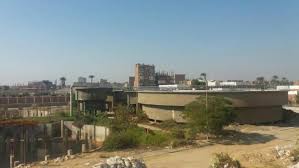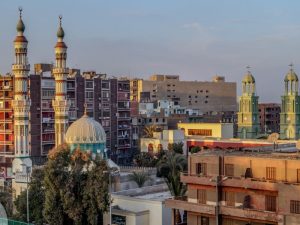
Assiut is the major governorates in Upper Egypt and with a capital of the same name. The governorate covers about 120 km along the banks of the Nile and encloses about 11 localities, and 52 local administrative units in addition to the large number of small villages. The governorate provides a wide range of facilities and services for its inhabitants and has its own university that is regarded as one of the major universities in Egypt. In addition to that the governorate is rich in its agricultural production especially of cotton and grain. Thanks to the existence of Assiut International Airport that facilitate visiting the governorate by air. In addition to that it can be reached by bus or by train from Misr Station in Ramses Square till Assiut Station. The prominent position of the governorate among other governorates is due to the existence of numerous tourist attractions. For example, there are some Pharaonic necropolis such as tombs of Meir, and other religious sites such as Monastery of Virgin Mart and many other sites. A huge number of tourists prefer taking souvenirs from Assiut since it is famous for its handmade works, rugs, wall hangings of Pharaonic style and cleverly made baskets and pots.
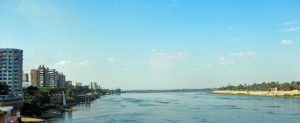
Assyut City is the capital of Assiut governorate and the major city in Upper Egypt. It is about 240 km to the south of Cairo and on the western bank of the Nile River. It is a city of a great history since it was the capital of the 13th Nome of Ancient Egypt and this is attributed to its unique position in the center of Upper and Lower Egypt. In the Greek period, it was known as Lycopolis and was the cult of the Jackal god Wepwawet and Anubis. Currently Assiut is regarded as one of the most important cities that encloses a university that is regarded as one of the major universities in Egypt, in addition to it International Airport that allows reaching it by air. In addition to that it encompasses a large number of hotels and apartments with all with all amenities and comforts. A large number of the inhabitants of the city are Christians for the existence of some of the important monasteries and religious sites such as Monastery of Virgin Mary. The city is famous for its agricultural production of cotton and grain and the existence of some ancient crafts such as Basketry works and textile products such as carpets and rugs. Assiut also is admired for its tourist sites that date back to various eras such as the Pharaonic Necropolis. There are also some other worth visiting sites including Lillian Trasher Orphanage, Banana Island, Assiut Barrage.
Sodfa
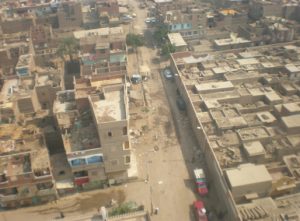
sedfa is an Egyptian city located next to Abnub locality in Assyut Governorate in Upper Egypt. It is an agricultural rather than industrial city within Assiut that comprises of a number of smaller villages such as El Doweir, Awlad Elias, and Magrees.
Dairut
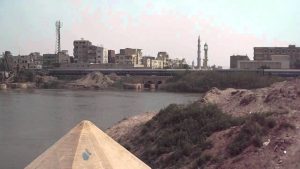
Dairut is a small city on the west bank of the Nile, in the governorate of Assiut, in Upper Egypt. It is renowned for the Mosque of Abu El Oyon which is one of the major tourist attractions in assiut for its fascinating style of decoration and its historical and religious value.
Al Qusiya
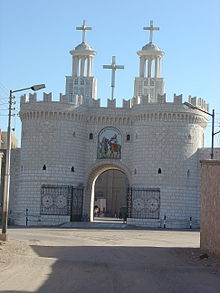
The city of Al Qusiya (known as 'Cusae' or 'Kusai' in Greek) is located on the west bank of the Nile, in the governorate of Assiut, in Upper Egypt. After the Twelfth Dynasty, when the Hyksos invaded Egypt, the city formed a border between the foe and the Egyptian governors in Upper Egypt. Cusae had a temple dedicated to Hathor as well as a necropolis for local governors. During the Roman Period, the city was the Camp of Legio II Flavia Constantia.
Manfalut
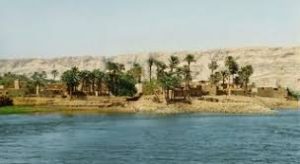
Manfalout is one of the famous cities in Assiut governorate in Upper Egypt. It locates on the western bank of the Nile and encloses seven small villages including El Atamna and Beni Shukeir, and Bani Rafe. The city is famous for being the birthplace of the famous Egyptian poet Mustafa Lutfi El Manfaluti. Nowadays the city has a wide range of agricultural lands and is renowned for its pomegranate.
Al-Badari
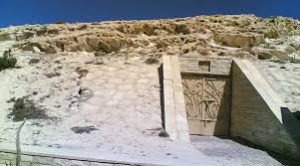
Al-Badari or El-Badari locality is one of the cities of Upper Egypt 40km away from Assiut City. The importance of the city is attributed to the large number of archeological finds that date back to the Predynastic era such as fascinating red-polished pottery pots, terracotta and ivory anthropomorphic figures, slate palettes, stone vases and flint tools. Interestingly, there are numerous necropolises in El Badari including Guy Brunton and Gertrude Caton-Thompson and the remains of early Pre-Dynastic settlement at Hammamia.
Sahel Selim
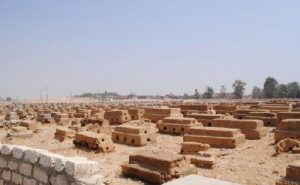
Sahel Selim is one of the cities of Assiut governorate in Upper Egypt. It locates on the eastern bank of the Nile and comprises of a number of small villages such as El Shameya, Tahta, and El Unah. Sahel Selim locality is famous for its small factories for carpets, handmade rugs, and wooden inlaid works.
Abutig
Abuteeg is one of the small villages on the west bank of the Nile River next to Abanub village in Assiut. It is inhabited by about 440000 people and the government pays a great attention for spreading education in such small villages currently. The most prominent tourist attraction in this village is El Farghal Mosque that is widely admired for both Egyptians and foreigners for its luxurios style of decoration and its historical and religious value.
Abnoub
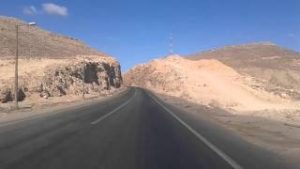
Abnub is one of the ancient localities of Assiut governorate they date back to even before the pharaonic era. it locates at the eastern bank of the Nile River. Nowadays it is one of the important industrial zones in Assiut and the government provide a wide range of facilities for the investors to attract them for investing their capital in this area.
Al-Ghanaiem
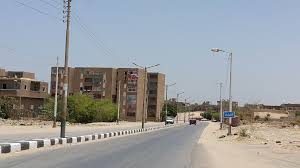
El-Ghanayem is a city in the governorate of Assiut, in Upper Egypt. It locates next to Abutig locality and is inhabited by about 386,000 poeple. It is regarded as one of the important industrial zones and trade centers in Assiut.
